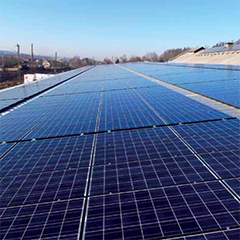With so many of the large PV product manufacturers announcing the launch of their new storage products in 2016, what factors should you consider in order to make the best choice for your situation? Here BayWa r.e Solar Systems tells PES about some of the main features to consider:
Battery lifetime
This information is often displayed in different ways by different manufacturers making it difficult to compare products. Most manufacturers describe their product lifetime in terms of cycles, for example, Enphase’s AC battery warranty allows for 7000 cycles, or 10 years at 80% capacity (whichever happens first), assuming two cycles per day as a rule of thumb, the cycle life is the number of complete charge/discharge cycles that the battery is able to support before its capacity falls under 80% of its original capacity. So if the battery is discharged to 60% and then charged to 80% it isn’t a complete cycle, although in reality, full cycles are not always possible.
It should be noted that the number of cycles does not always tell a full picture of performance. Depth of Discharge (DoD) varies from manufacturer to manufacturer and between the different types of battery technology. A battery sold with a large cycle life may not have as large a DoD as a battery with a lower cycle life but a much larger DoD. In other words, the ‘useful’ energy from one battery ‘cycle’ may differ massively between batteries with varying cycle lives. Another factor to be considered for battery lifetime is its location. The ambient temperature, any movement and frequency of usage all contribute to the battery’s ‘life’ performance.



























